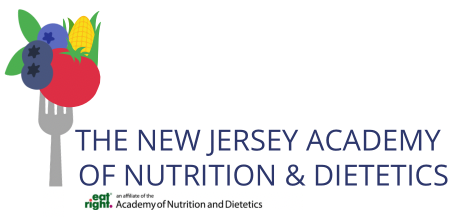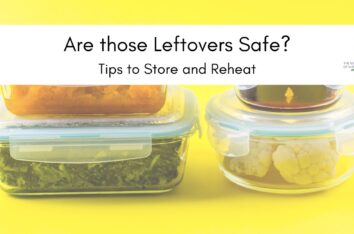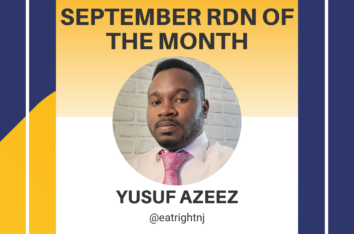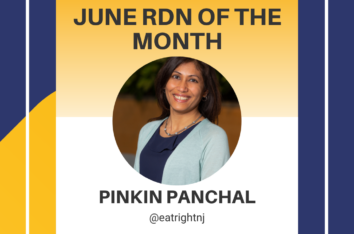As nutrition professionals, we are relentlessly educating our patients and clients on the benefits of planning well-balanced, nutrient-rich meals. But what if the problem isn’t actually stemming from free will and personal choices, but from something they can’t fully control?

September is Hunger Action Month
Just looking at data alone–the numbers on food insecurity are staggering. As of 2020, there are at least 650,000 individuals in New Jersey that are food insecure.
The annual food budget shortfall—this is the total annual additional dollar amount New Jerseyans report they would need in order to be able to purchase just enough food to meet their needs—is just under $400,000,000 according to Feeding America data. The actual amount of food wasted this year in the United States (at the time of this blog post) is up to 80,000,000,000 pounds from fields, transports, supermarkets, restaurants and homes (endhunger.org).
Unfortunately, for many, accessibility issues are often unintentionally overlooked by practitioners. For one thing, the problem may not be evident at first. Food scarcity is a topic people are hesitant to bring up.
For some people, it can mean choosing between eating or paying for medications, electricity, or household supplies. It is our responsibility as health practitioners to explore the resources our patients and clients have, and to help bridge the gap between scarcity and availability by offering support in any means we can.
What can we do? National and local programs are available for those who qualify:
- Women, Infants, and Children (WIC): WIC provides low-income pregnant and postpartum women, infants, and children (up to five years of age) with services such as vouchers that can be redeemed for foods at most major grocers, as well as nutrition education, breastfeeding support, and referrals to other services
- Supplemental Nutrition Assistance Program (SNAP): SNAP provides low-income families with benefits via food stamps/swipe-able cards to use on food and specific household supplies
- Temporary Assistance for Needy Families (TANF): TANF also provides low-income families with cash assistance to meet basic needs
- Summer, afterschool, weekend meal and food backpack programs: target low-income children and support access to nutritious foods outside of the home
- Soup kitchens and congregate meals: Community meals served in facilities such as senior centers, churches or housing communities
- Home-delivered meals: Nonprofit and some for-profit programs are available for delivery of medically tailored meals to individuals and families (particularly those with chronic illness)
- Food banks and pantries
There are a number of resources in New Jersey that may be helpful to those in need. Our volunteers at NJAND have developed a list of some of these resources for members to reference should they need it. Additionally, the following websites provide practitioners with resources to help those who need it most:
Nokidhungry: Use their virtual Free Meals Finder App to search for free local breakfast, lunch or dinner resources for children
Hunger Free NJ: For a list of emergency food assistance programs
On a personal level, supporting these organizations through volunteering and fundraising efforts can help too. Advocating for federal programs such as the Farm Bill (protects funding for SNAP, TEFAP) and the Child Nutrition Reauthorization Act (a bill that funds programs for children such as the School Breakfast Program) are things we can do at both the personal and professional level. You can take action here.
There are even opportunities to donate cryptocurrency to the Society of St. Andrews (SoSA), an organization targeting the gleaning and distribution of fresh produce to feeding agencies.
As highlighted above, there are numerous opportunities for us to target hunger from an individual, local and national level. Let’s make this September a month of change for those in need—every action counts!
Written by Gabrielle Gambino, MS, RDN, CDN, CNSC



